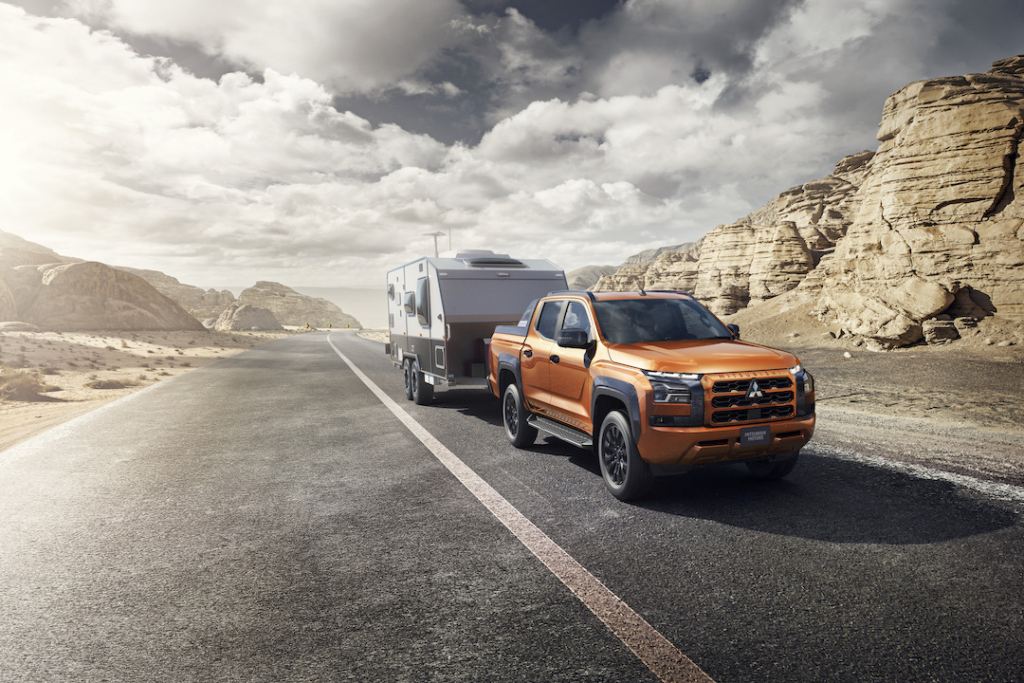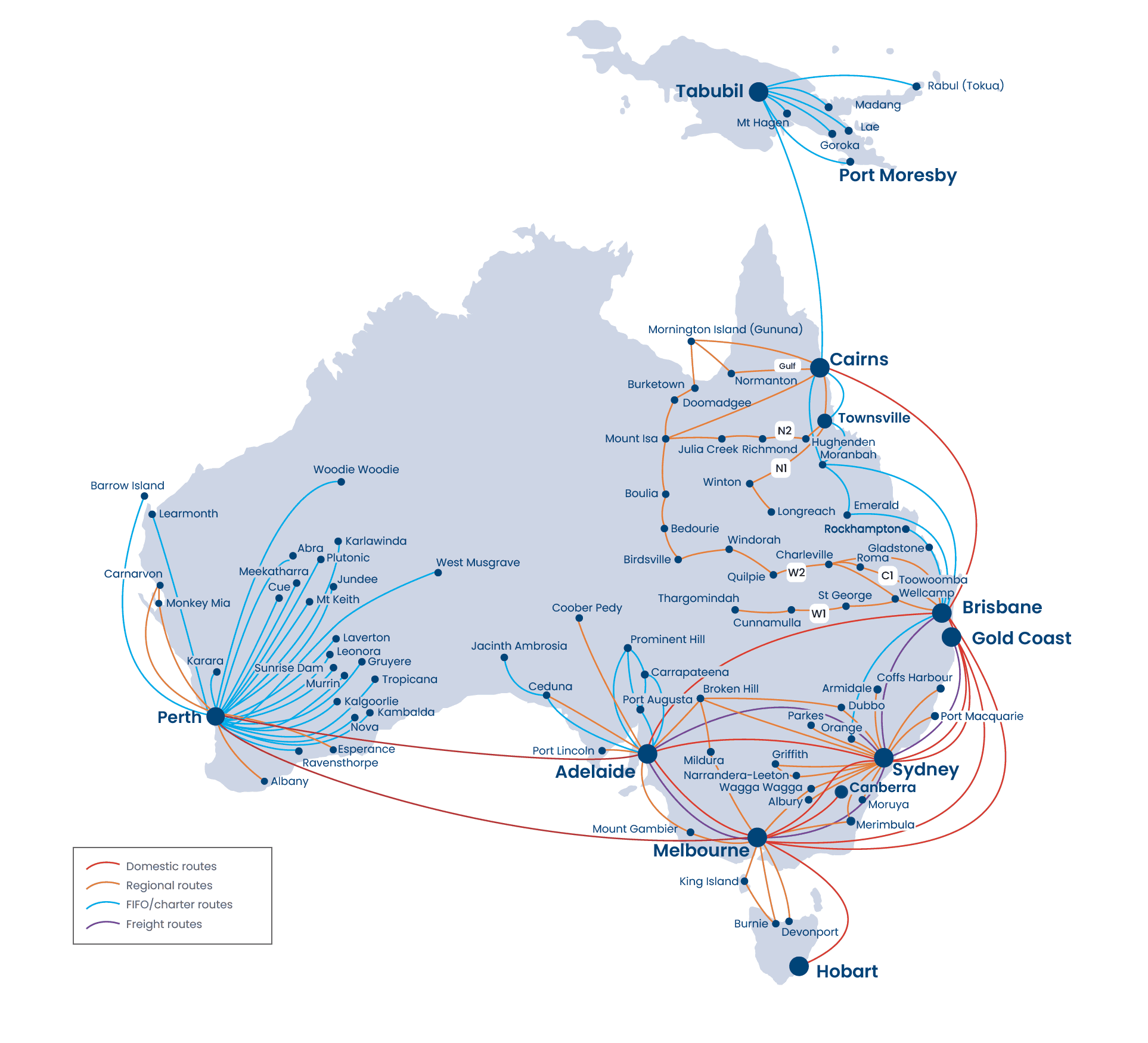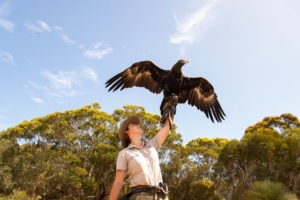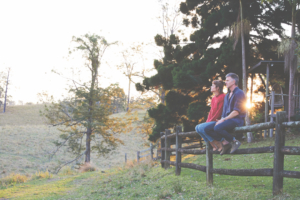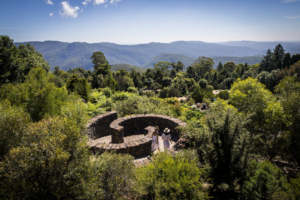The Mitsubishi New-Gen Triton stands strong in a ute market that’s more competitive than ever.
Australia’s long love affair with utes is once again moving between phases, but it would be a mistake to say it was in decline. In fact, it might be a mistake to say that was ever the case. The headwinds might be hurricane force, but the downhill run is like the north face of K2.
It’s as complicated as a MAFS match-up. But only if you overthink it.
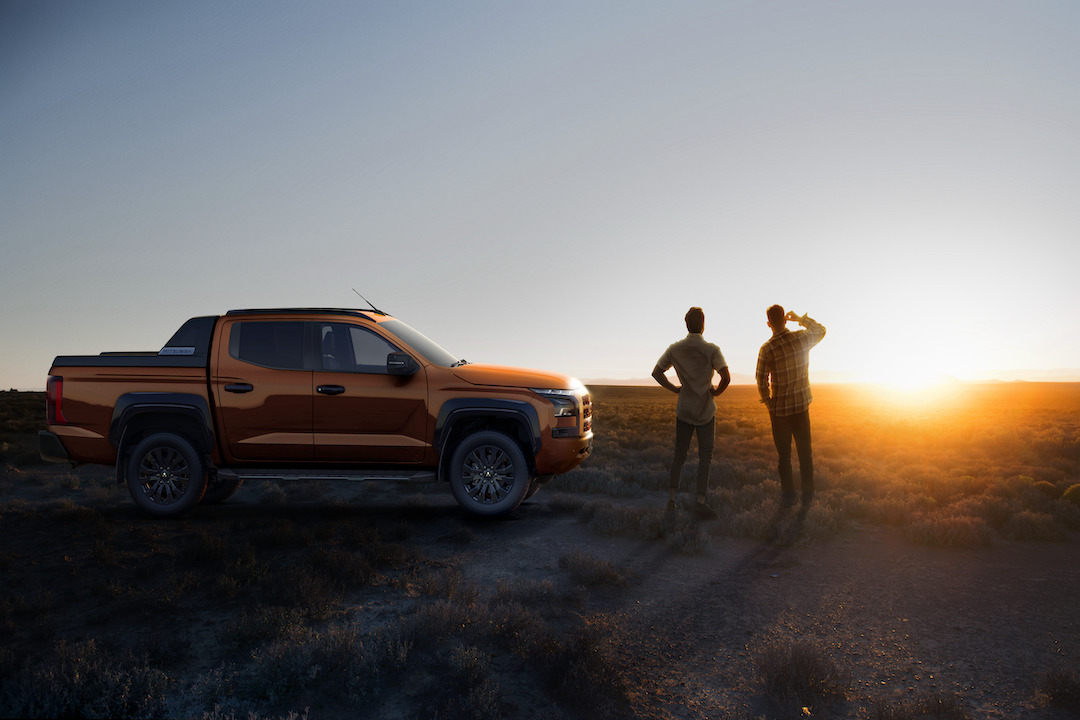
The Mitsubishi New-Gen Triton does not overthink it. It might balance cleverness with muscle and machismo, but its approach is refreshingly straightforward. It knows what ute buyers like. So, it does that.
There’s a lot to love.
The new iteration of Triton is such a deft hand at avoiding drama that it brings to mind an old Russian proverb: ‘The dogs bark but the caravan moves on’.
The ute market may be grappling with new regulations, and weekend-killing portents of electric doom, as well as a bunch of upstart players. But in a country that invented utes in 1932, where utes regularly top national sales figures, and where pickups have evolved into satisfyingly appointed family haulers, the New-Gen Triton GSR and GLS show that the power of incumbency is in ignoring the chatter.
It’s hard to overcome momentum. The dogs may bark, but the caravan moves on.
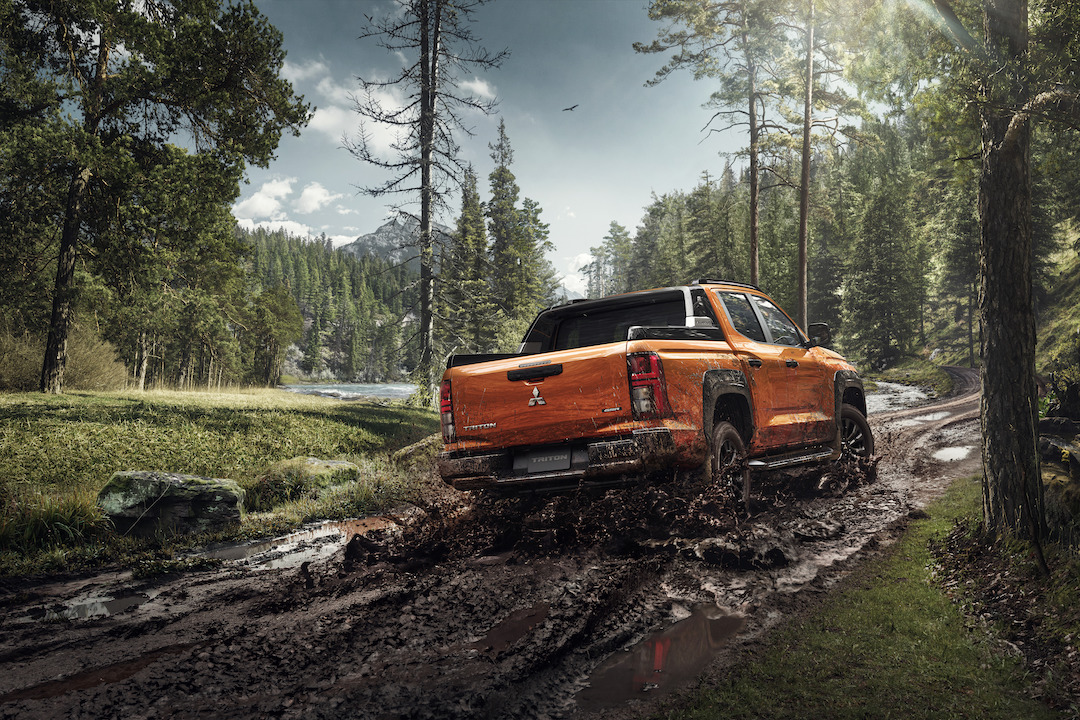
From value to versatility
First, a little history. The Triton’s place in Australian hearts was built on value. The local nameplate dates to the second-generation model, released in 1986. Having arrived at the sixth gen, however, Triton has evolved as it
has matured, albeit without ever having abandoned its bang-for- your-buck appeal.
It’s an enticing combo.
First off, and even before covering the new model’s performance, it’s worth mentioning the power of its 10-year warranty and 10-year capped price servicing. The fact Mitsubishi has offered that combination since 2020, when it was double the length of time offered by most rivals, will forever be a drawcard.
But that’s not all. Built on a new platform, this generation of Triton is larger overall, without being hulking, with redesigned suspension, and more power and torque. Its proven 2.4-litre turbo engine is now bi-turbo, bumping its output to 150kW and 470Nm via a six-speed automatic gearbox. Those are get-the-job- done numbers.
Top spec models, the GLS and halo GSR (both 4WD, and complementing 2WD and 4WD GLX, and the 4WD GLX+), also feature Mitsubishi’s tremendous Super Select II system. It delivers outstanding all-terrain performance across seven selectable offroad modes (Normal, ECO, Gravel, Snow, Mud, Sand and Rock), and allows the driver to shift between 2WD and 4WD High on-the-fly at up to 100km/h. It’s tractable, palpable, and endlessly engaging.
Worth noting is Mitsubishi’s application of bespoke Australian suspension tune, a practice beloved of local drivers, and definitely of local marketers, but not necessarily embraced by all rivals. The top-spec twins add refinement with the inclusion of Active Yaw Control [AYC], noticeably boosting handling and stability whether on tarmac or looser surfaces.
More important, perhaps, is the delivery of those extra-turbo-boosted numbers, with a smooth and steady torque band that’s absent of holes, with peak torque arriving early, from just 1500rpm. This helps with its 3.5-tonne towing, ticking one of the most important local boxes (Trailer Assist Stability Control [TASC] also comes as standard to tamp trailer sway at the earliest moment – a vital safety feature).
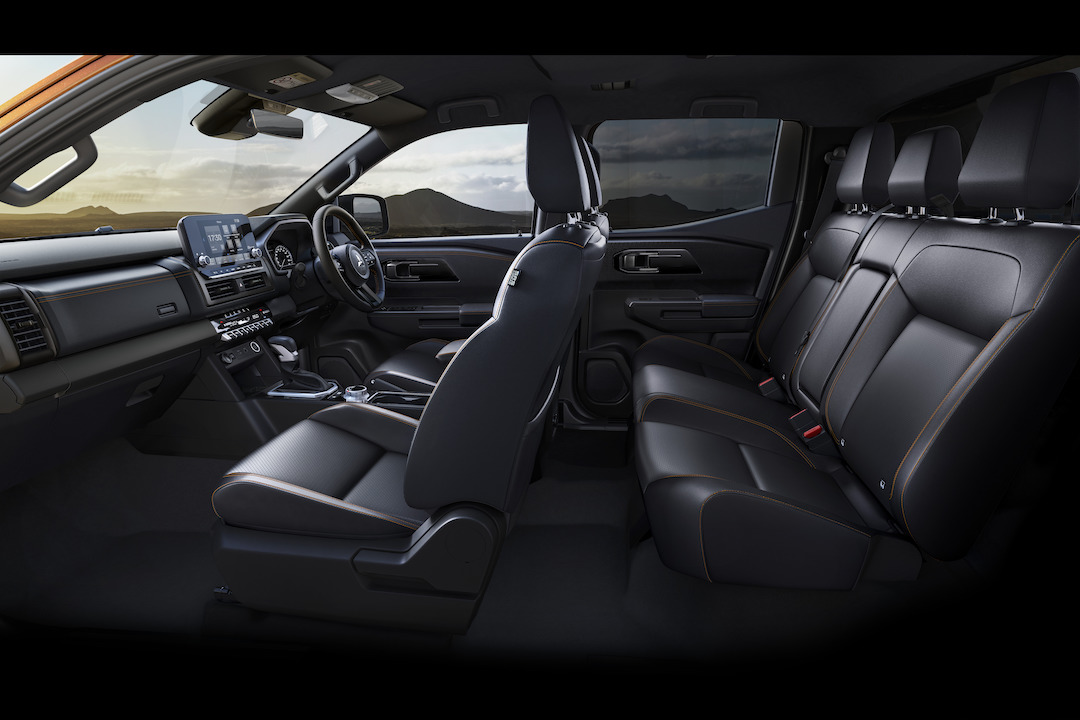
An enduring legacy
If Australians have a complicated relationship with utes – albeit mostly to overthinkers – there is a (historical) excuse.
Namely, for most of our nine-decade relationship with utes, there wasn’t that much to think about. Especially in terms of tech, where the general idea was that if a tradie couldn’t blast his cabin free of Chicken Hero wrappers with a Gerni, that ute had too many buttons. If the dogs weren’t barking, it’s because nobody cared if they chewed on the dash.
No more.
Now, almost all non-fleet sales ute cabins have long since been zhuzhed, but often with inclusions that vary wildly according to spec.
Here, however, Triton is admirably utilitarian, spreading the love via must-haves such as Android Auto and Apple CarPlay across the range, with a standardised but quality 9-inch central screen and 7-inch digital multifunction display on the binnacle.
Safety has also been pushed to the front. Augmenting its eight airbags is an alphabet soup of acronyms, adding to TASC and AYC, with systems such as the Driver Monitoring System (DMS), which uses a steering wheel-mounted camera to monitor the driver’s face that and issues an alert
if you’re looking tired.
Looking tired, of course, is the biggest threat to heritage ute market incumbents such as the Triton.
Electric utes, start-up Chinese pickups, changing regulations, entirely new marques, and niche-seeking competitors are all coming. But after nine decades of sales, utes – 2WD and 4WD – now make up about a quarter of Australian new vehicle sales… and rising.
The passion remains hot.
The dogs may bark but the caravan moves on – and while the Triton is in the mix, you can be sure it’s pulling its weight.
For more on boats, cars and tech, head to our Fast Torque section.

